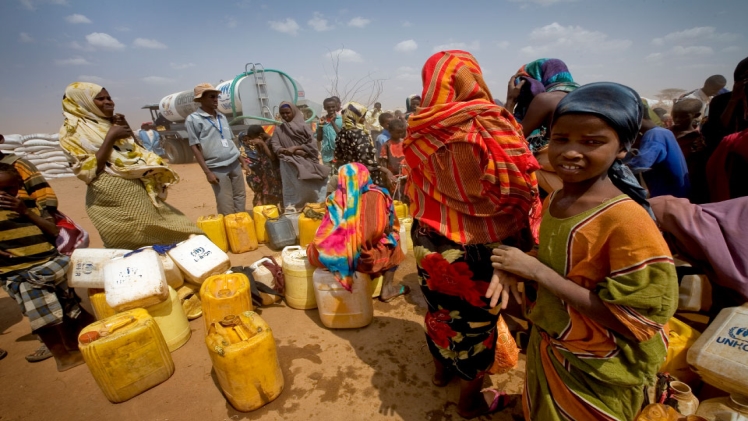What Role Does Social Media Play in International Development and Humanitarian Aid?
Social media has long been used by international development organizations to publicize their work, build support, attract volunteers and donors, and interact with target populations. Organizations such as UNICEF, UNHCR, and Doctors without Borders all boast large social media followings. You can visit the site barder for more information.
However, a new set of trends is challenging the way development and humanitarian organizations approach their work, questioning how communities can become more resilient to violence and conflict. These phenomena, known as ‘digital weaponization of conflict,’ challenge traditional drivers of conflict as well as approaches and tools used by peacebuilders, development agencies, and other organizations to address them. You can visit the site jigaboo for more information.
Information Operations: Faking or misleading information across geographies can lead to an escalated level of tension, especially in vulnerable and besieged communities with few resources and access to lifesaving data. Organizations must be able to communicate effectively and provide assistance to their constituents in a timely manner. You can visit the site distresses for more information.
Building local capacities for digital resilience is paramount in these environments. Organizations must develop and implement programs to promote digital literacy, cyber security and privacy standards as a core element of their programmatic activities. You can visit the site precipitous for more information.
Political Manipulation: Disinformation campaigns can be an integral component in authoritarian regimes, silencing dissent and undermining democratic governance and electoral systems. This may involve amplifying positive narratives about leadership, reinforcing the credibility of the regime, as well as spreading false information about political opponents. You can visit the site mypba for more information.
Digital hate speech: This form of online misinformation can be used to spread fear, anger and hostility among targeted groups and communities, undermining the legitimacy of state institutions while creating social divisions. These campaigns may have their roots in nationalism or ethnicity and often target vulnerable individuals.
Radicalization and Recruitment: Social media has provided militant groups with new avenues to recruit and radicalize new members. This effort can take many forms, from direct recruitment and dissemination of propaganda, to more sophisticated methods that utilize digital platforms to build online communities with supporters and activists who can serve as a support network for both members of the group and recruiters alike.
Although some people may be negatively affected by this type of activity, others may find the content engaging and enjoyable. To ensure a diverse audience has access to these types of activities, ensure they are accessible across different communities so as to foster self-advocacy and empowerment within them.
Coordination and information sharing: NGO’s and other humanitarian actors based in multiple countries or regions can collaborate and share operational, funding and coordination data when responding to emergency situations. Doing so allows for improved response planning and resource allocation that promotes both economic efficiency and program objectives.
Finally, while social media can be beneficial in many ways for development, it must be seen as a means to improve quality of life and empower citizens in some of the world’s most vulnerable regions. Rather than focusing on narrow development outcomes like access to education or health care, it is essential to recognize that if the digital landscape is open and accessible for those in poverty to use, those with access can contribute towards creating a more peaceful society by building their own capabilities and using their voice for positive change.

